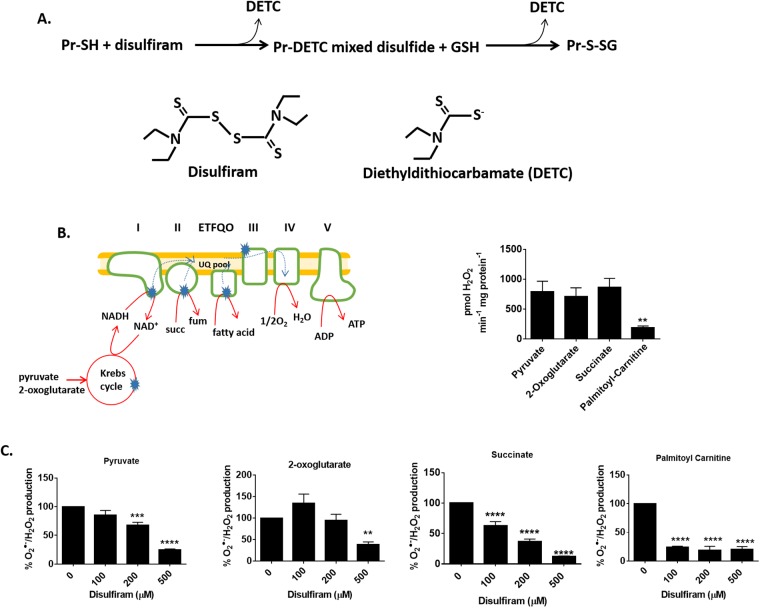Fig 1. S-glutathionylation catalyst disulfiram inhibits ROS release from permeabilized skeletal muscle mitochondria.
(A) A diagram depicting the chemical induction of protein S-glutathionylation by disulfiram. (B) Depiction of the entry point for electrons into the respiratory chain in mitochondria oxidizing different substrates. Dotted lines correspond to the direction of electron flow. Note that electrons from complex II and ETFQO (electron transfer flavoprotein-ubiquinone oxidoreductase) can flow backwards to complex I under state 4 respiratory conditions. Blue stars indicate sites for ROS release. O2●-/H2O2 release by permeabilized muscle mitochondria oxidizing 50 μM pyruvate, 2-oxoglutarate, succinate, or palmitoyl-carnitine was tracked for 5 minutes using Amplex UltraRed. n = 4, mean±SEM. (C) Permeabilized skeletal muscle mitochondria were treated for 20 min with disulfiram (100–500 μM) and then O2●-/H2O2 release was tracked using Amplex UltraRed. The final concentration of pyruvate, 2-oxoglutarate, succinate, or palmitoyl-carnitine was 50 μM. n = 4, mean±SEM.

